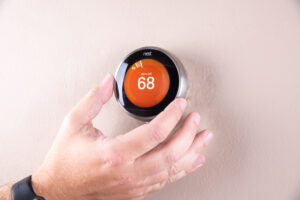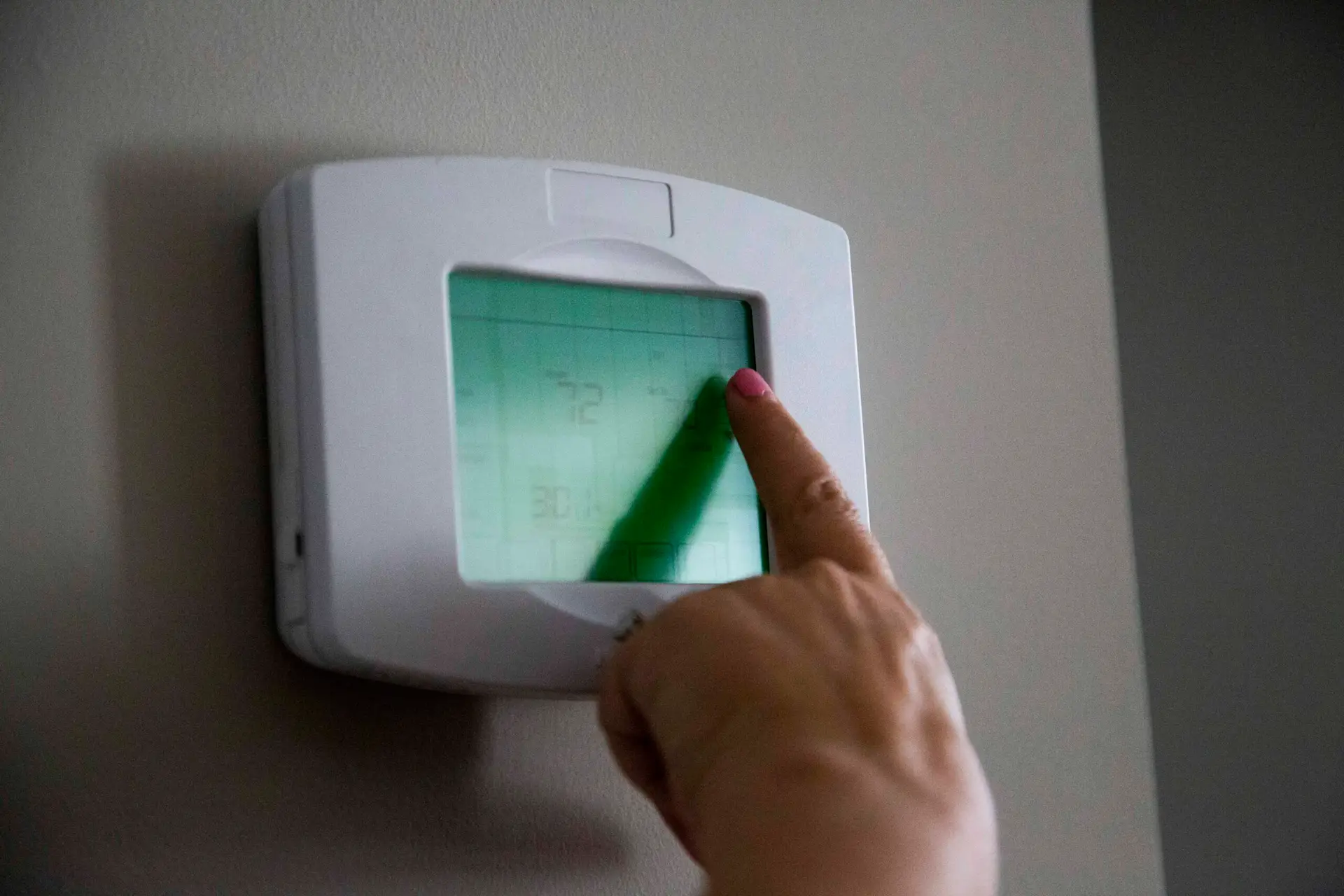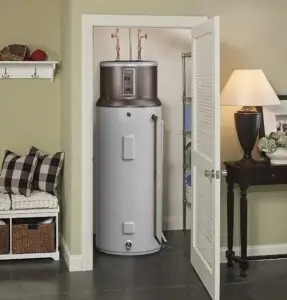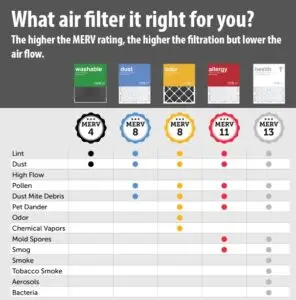
Replacing a home thermostat is a simple, DIY-friendly project for any enterprising homeowner looking to modernize their HVAC system. Usually, it involves little more than removing the old thermostat, making note of where the four or five color-codes wires are installed, and installing/programming the new unit according to the provided instructions. But thermostat selection is vitally important and getting it wrong could cost you.
Each of those wires has a different function depending on the type of unit they are controlling. On a gas furnace with air conditioner unit, one wire activates the a/c and one activates the furnace. On a typical single-stage electric heat pump, one wire activates the compressor, and one activates the backup emergency heat strips. This leads to a curious but tragic situation where a thermostat meant for a furnace will work perfectly fine if accidentally installed on a heat pump, at least during the summer months. During the winter months, instead of calling on the compressor heat a furnace thermostat will call on the electric-resistance heat strips instead. The consequences of this are not immediately apparent to the homeowner.
Imagine this situation: It’s summer. A homeowner decides their old thermostat needs replacing. They go to the hardware store and pick out a cheaper thermostat from the dozens available on the shelf. They install it according to the instructions and all seems well. The house is cooling correctly as expected. Six months later winter rolls around and they switch the new thermostat over to HEAT. Again, everything still seems to be in order, the unit is running and the house is warm, until a month later when the electric bill comes in and energy usage more than tripled in a single month! The homeowner in this example has installed a furnace thermostat on their heat pump and essentially run their unit on EMERGENCY HEAT mode all month, using far more energy than their regular compressor heat would have used.
Unfortunately, this exact scenario has happened to several members of Craighead Electric causing very high winter electric bills. Luckily it is easy to avoid this costly mistake by being aware of what equipment you have and what equipment a prospective thermostat is compatible with. You can also opt for a modern smart thermostat instead. Most newer internet-connected thermostats are compatible with many types of HVAC systems. Smart-Thermostats are simply told what kind of system they are connected to when first set up and they will act accordingly.
If you are not confident in your ability to select, install, and program a new thermostat, you can always have it done by a licensed HVAC technician. Do you have questions about what kind of HVAC equipment is best for your home? Ask your local HVAC technician or the energy experts at Craighead Electric.




